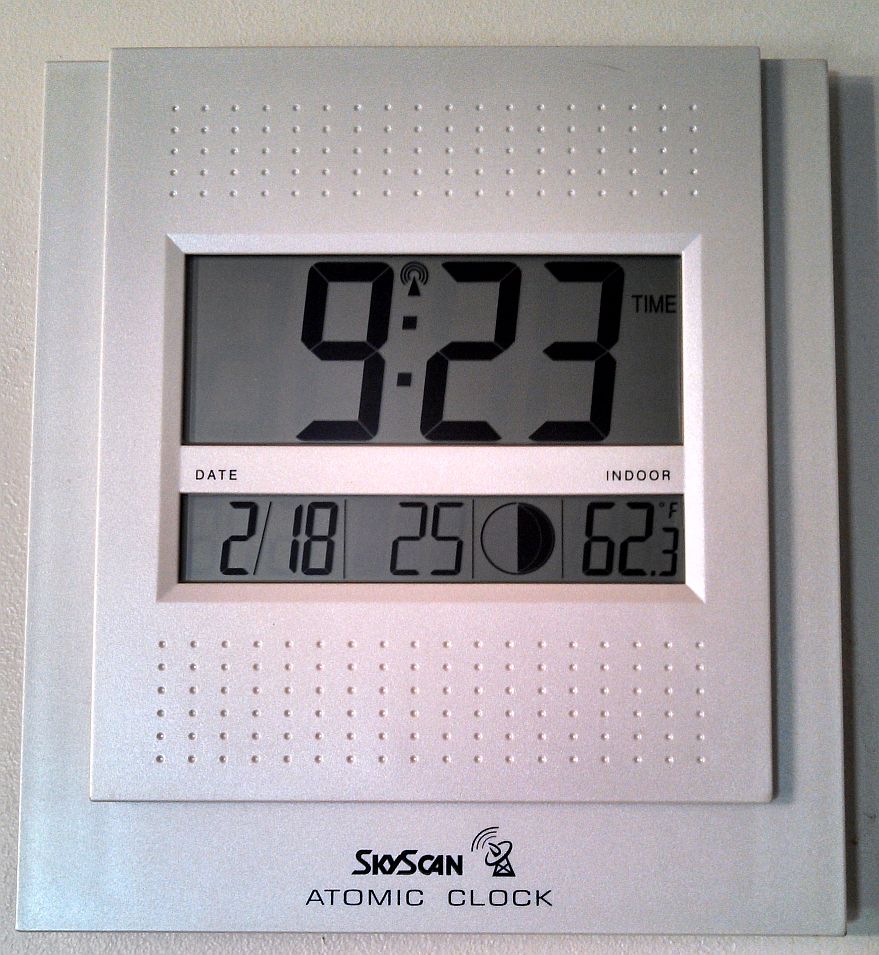
However, none of these bills under consideration passed. Since 2015, more than 200 bills and resolutions have been passed to appeal that every state should either stay on standard time or make DST permanent. Over the past years, state legislatures have been active in introducing bills that would place the state on either staying on standard time permanently or making permanent day saving time. It is because DST provides adverse effects despite its intention of saving more energy. People have different opinions about whether to abolish Daylight Saving Time or not. However, they are not allowed to decide on the permanent observance of DST. It becomes valid upon action by the state legislature to do so. These states could not follow DST because of the federal law allowing a state to exempt itself from observing daylight saving time. Virgin Islands do not also practice clock changing. Aside from these states, the territories of American Samoa, Guam, the Northern Mariana Islands, Puerto Rico, and the U.S. Hawaii and Arizona (except for Navajo Nation) do not observe Daylight Saving Time. Instead of enumerating which locations observe DST, it would be easier to identify those states that do not follow this annual tradition. States That Do Not Observe Daylight Saving TimeĪs mentioned, not all U.S. From 1987 to 2006, the United States observed DST for about seven months each year. After the energy crisis in 1976, the Daylight Saving schedule was revised several times. In 1973, the US Congress extended the DST period to 10 months and eight months in 1975 to save energy. The Uniform Time Act of 1966 was created to align the switch dates across the United States to solve the problem. Many industries like transportation and broadcasting experienced challenges because of the DST confusions. This led to many confusions regarding timekeeping. If you will check history records, there were no uniform rules for Daylight Saving Time from 1945-1966. However, this law does not affect both states' and territories' rights, whether they follow DST or not. Department of Transportation (DOT) will govern the use of Daylight Saving Time. According to this act, section 110, the U.S. The schedule followed the Energy Policy Act of 2005. This year, DST started on the second Sunday of March and ended on the first Sunday in November. The United States first observed Daylight Saving Time in 1918, following the annual tradition for more than 100 years. that do not observe DST.ĭaylight Saving Time in the United States For instance, there are states in the U.S. However, not all regions in a country follow Daylight Saving Time. One primary reason why several countries observe DST is to conserve energy. Meanwhile, fall back is the opposite, wherein you need to adjust the clock by moving it backward. Spring forward means adjusting the clock and adding one hour to the standard time. Some people use the term spring forward and fall back to identify the time changes. It requires these places to change clocks twice a year. If the time has not set after 5 nights, please contact customer support using the below link.Daylight Saving Time has been an annual tradition of many countries. Product specific information can be found by using the magnifying glass at the top of this screen. Often it is just an interference issue that will resolve on its own. Please allow 3-5 nights for your Clock, Watch or Weather station to correctly change for the start of DST before contacting us. WHAT SHOULD I DO IF THE TIME HASN'T CHANGED? If your clock, or weather station has an ATOMIC OFF, RCC OFF or WWVB OFF feature, please be sure to have it turned ON.If your clock, watch or weather station has a DST OFF feature, please be sure to have it turned ON.If your clock, watch or weather station is not set to a North American time zone, it may not change for DST. Be sure you have the correct Time Zone set on your device.This allows the widest portion of the antenna to be positioned to receive the signal. At night, place the clock, watch or weather station on a wall or in a window with the Front or Back facing Ft Collins Colorado.Batteries are the #1 warranty issue we see. Have good plain alkaline batteries dated 7 years in advance or batteries that have been tested with a voltmeter reading 1.48 or higher.It is not unusual for it to take 3-5 nights for signal reception to occur depending on location. Watch antennas are much smaller, so please allow extra time for them to change.

The antenna in your clock, watch or weather station is directional. Radio signals are subject to atmospheric and other types of interference. Collins, Colorado that tells the product to change to or from Daylight Saving Time. Our Radio Controlled clocks, watches and weather stations receive an embedded radio signal from the Atomic Clock in Ft.


 0 kommentar(er)
0 kommentar(er)
